Festival progressive house is an anthemic, melody-forward branch of progressive house engineered for large outdoor stages and mass sing‑alongs.
It features euphoric breakdowns, supersaw lead stacks, sidechained pads, and big, vocal‑driven hooks that resolve into powerful four‑on‑the‑floor drops.
Arrangements are optimized for festival energy flow: long emotive breakdowns, tension‑building snare rolls and risers, and cathartic, hands‑in‑the‑air drops.
Compared with classic progressive house, it is brighter, more pop‑accessible, and designed to translate on huge PA systems and broadcast stages.
Festival progressive house grew from the melodic side of progressive house and trance as European mainstage culture expanded. Swedish producers—particularly the Swedish House Mafia circle and Avicii—began combining classic prog‑house builds with pop songwriting and arena‑scale sound design. Early signposts included tracks like Avicii’s “Levels” and Swedish House Mafia’s “One,” which married soaring melodies to streamlined, hard‑hitting drops that worked on massive stages.
Between 2011 and 2013, the sound crystalized around emotive piano or pad breakdowns, stadium vocals, snare‑roll builds, white‑noise risers, and supersaw lead drops. Releases such as “Don’t You Worry Child,” “Calling (Lose My Mind),” and Alesso’s remix of “Pressure” defined the template, while labels and festival brands (e.g., Ultra, Tomorrowland) amplified the style globally.
Festival progressive house crossed into mainstream pop charts, with vocal anthems and radio edits broadening its reach. Zedd, Alesso, and Nicky Romero collaborated with major pop vocalists, and the ‘festival drop’ structure began to influence radio dance‑pop and electropop. The sound dominated mainstages, with long‑form breakdowns tailored for fireworks, CO₂ cannons, and crowd sing‑alongs.
After its peak saturation, the scene diversified. Some artists moved toward deeper or more underground progressive sounds; others pivoted to big room, future house, or pop EDM. A new wave of duos (e.g., DubVision, Matisse & Sadko) kept the melodic, cinematic ethos alive with more refined mixing and modern sound design. Its DNA persists in contemporary melodic house and in pop records that borrow festival‑style builds and euphoric drops.
Festival progressive house standardized the ‘breakdown–build–drop’ stadium formula and proved that emotionally rich melodies and vocals could command the largest dance stages. Its sound design—bright supersaws, wide reverbs, and emphatic, sidechained grooves—continues to influence radio dance and live festival productions worldwide.

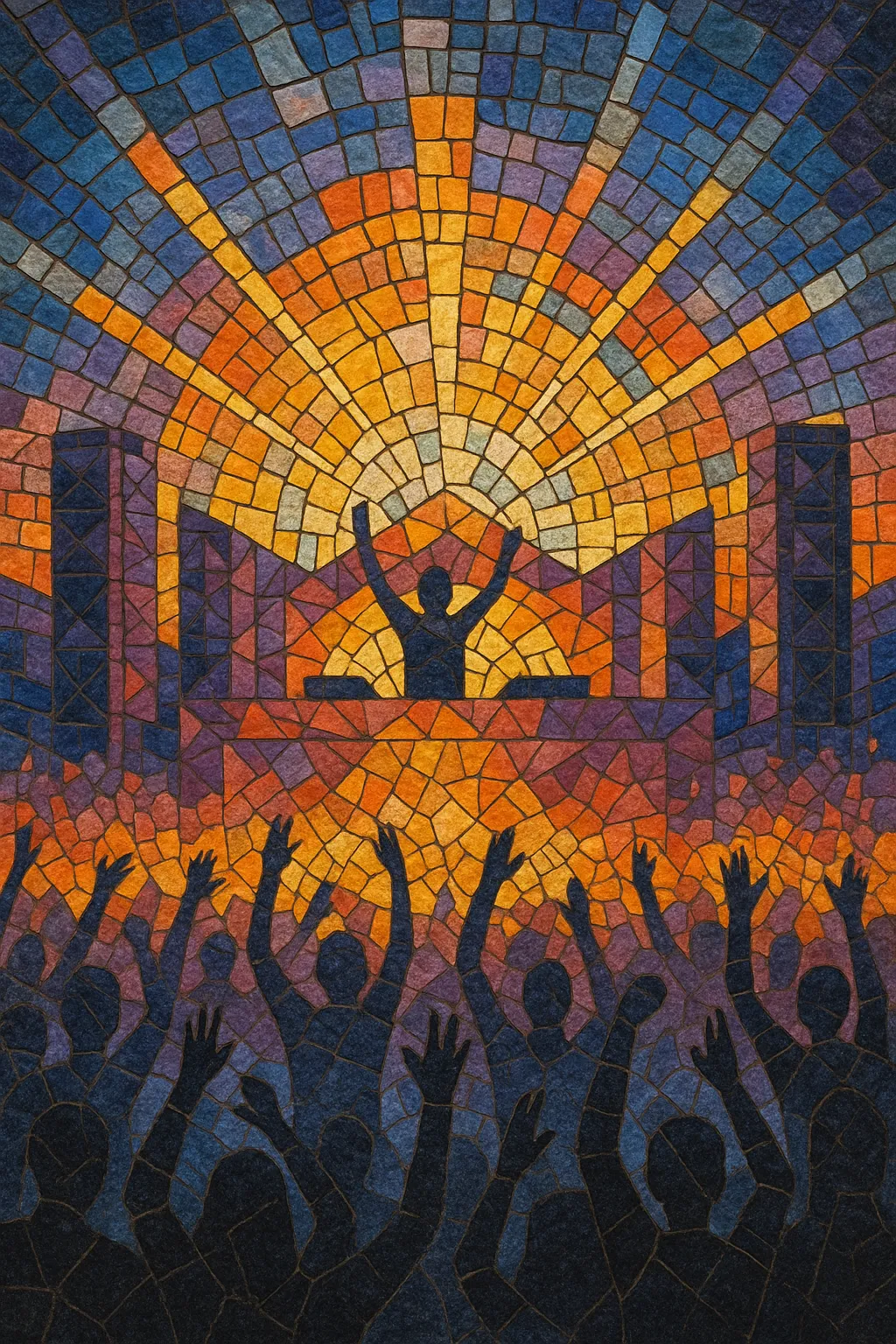
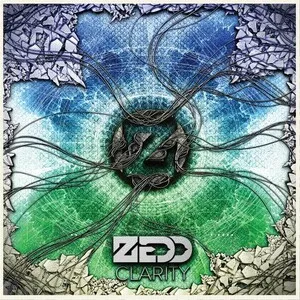
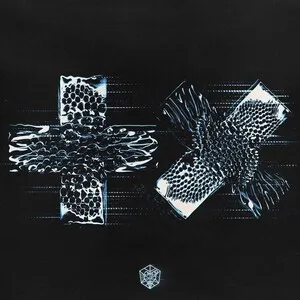
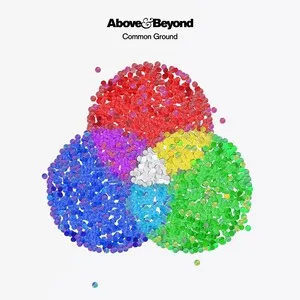
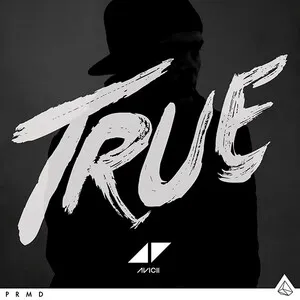
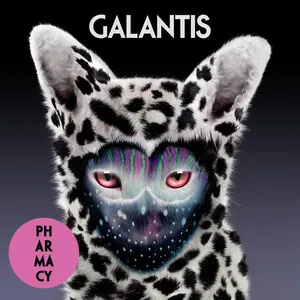
%2C%20Cover%20art.webp)
